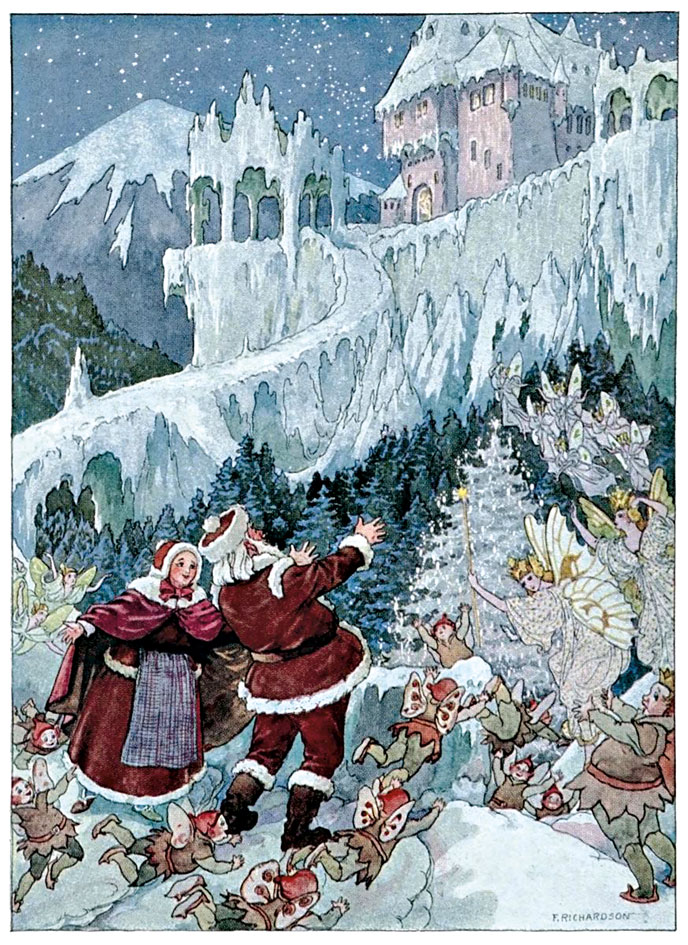If the names Palmer Cox, Stinson Jarvis and May Agnes Fleming mean anything to you, I want you on my Trivial Pursuit team. They are all Canadian writers, famous in their day (roughly 1880-1914) but unknown to posterity. Cox, for example, was North America's most popular children's author. His books and stories featured a roving band of elf-like creatures called the Brownies, who spawned a Brownie musical and enough Brownie merchandise (dolls, toys, cookies, tableware, etc.) for the author to build a palatial castle in his hometown of Grandby, Quebec. What makes Cox so interesting, at least to Nick Mount in his new study When Canadian Literature Moved to New York (University of Toronto Press), is that he was part of a literary expatriation of Canadian writers to the United States. At the time of the 1901 census, only fifty-six writers were making a living in Canada. During the 1880s and 1890s, economic conditions caused an unprecedented number of brains to drain south of the border, and by 1900, 1.2 million Canadians-one quarter of the population-lived in the U.S. Boston was Canada's third largest city: 84,000 Canucks lived there. Writers joined this exodus for the same reason they do today-more opportunities. Sara Jeanette Duncan, one of the expatriate authors, lamented that Canada was "the camp of the philistines," but as Mount points out, the situation was more complex than that: there were more magazines in the States, more book publishers and many more readers. Mount has interesting ideas about why most of these expatriate writers were omitted from the official literary canon, but the less theoretically inclined will find pleasure in simply rediscovering a whole shelf full of writers one never knew existed and appreciating just how difficult it was to get literature going in this country.








